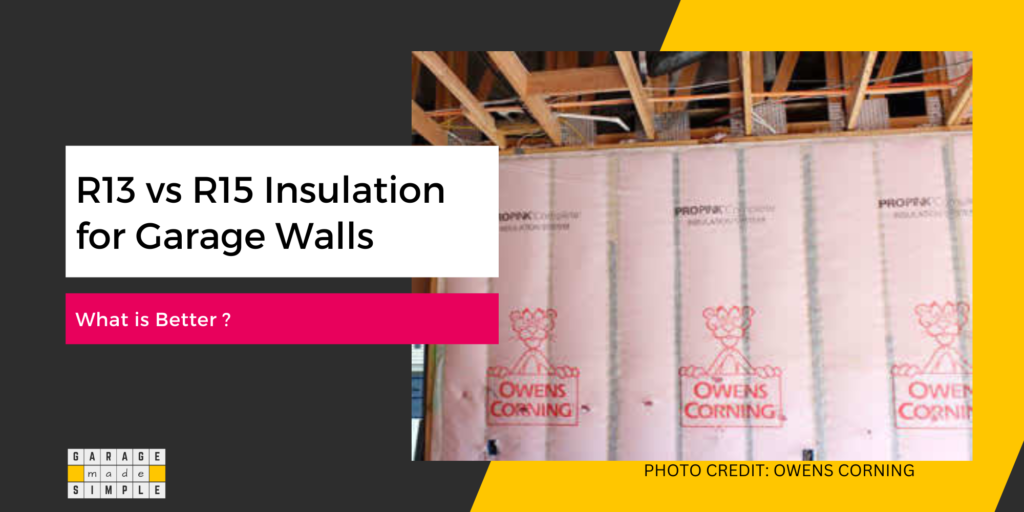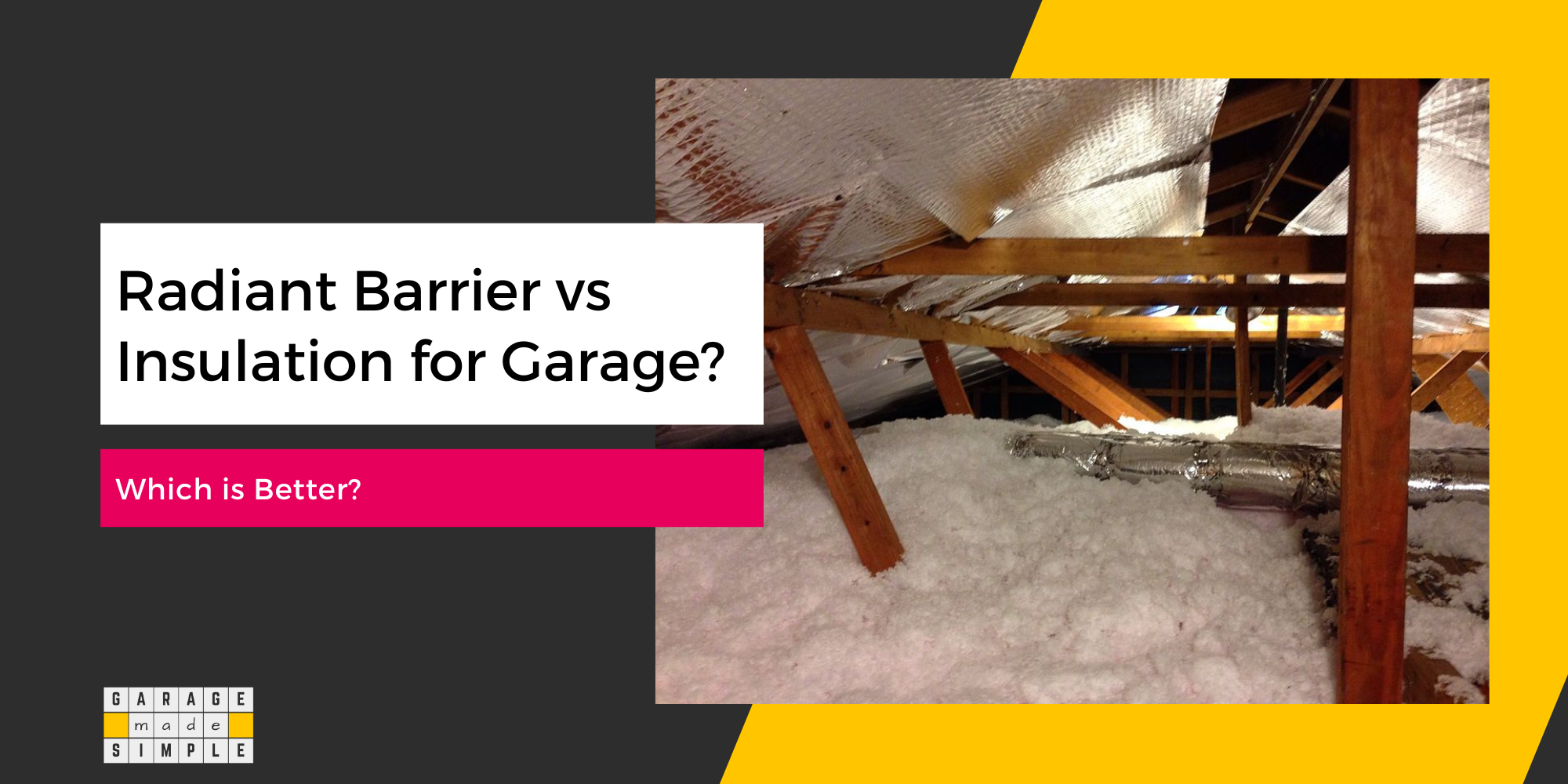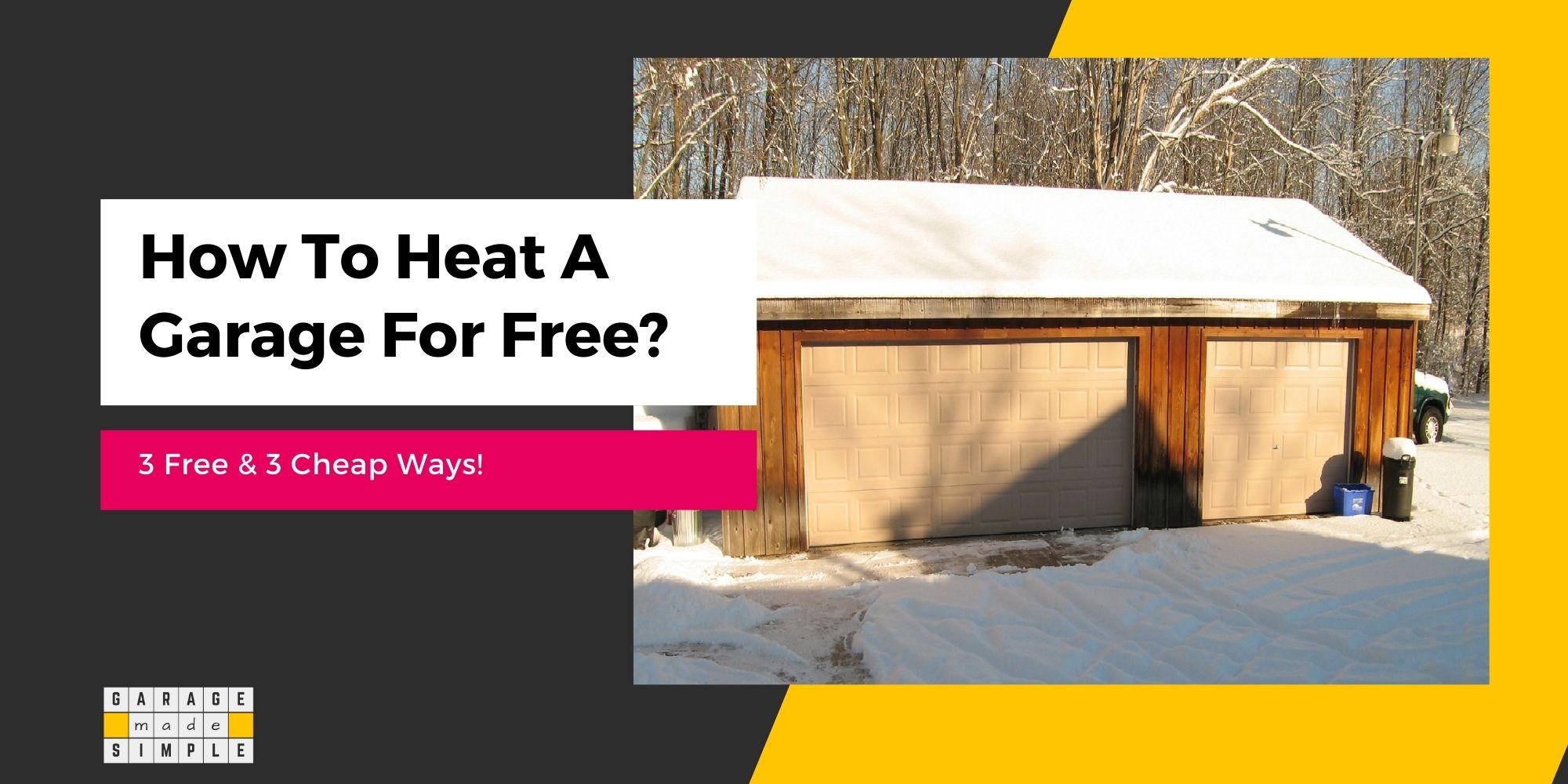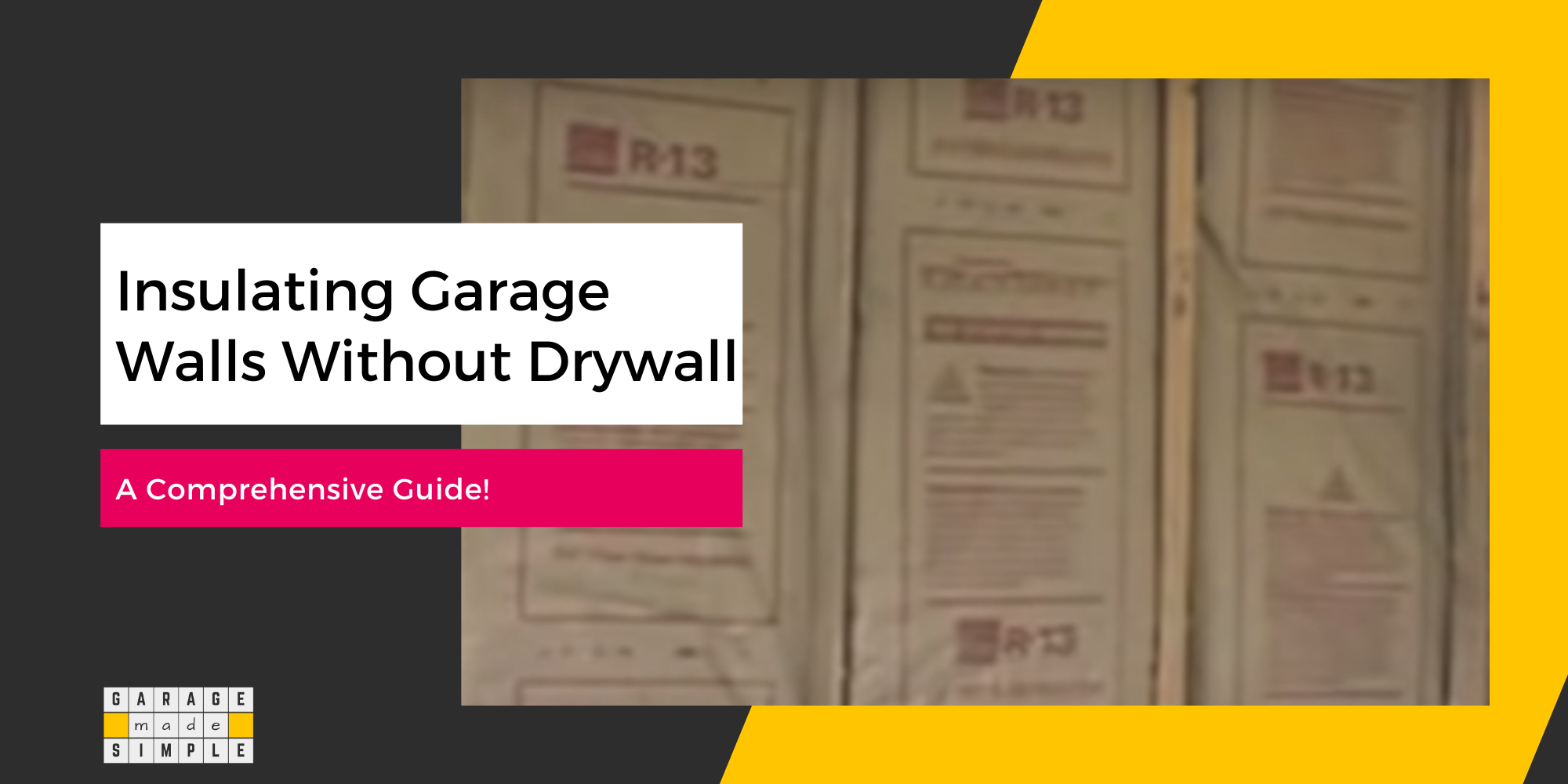R13 vs R15 Insulation for Garage Walls: What is Better ?
As an Amazon Associate, I earn from qualifying purchases.
R13 vs R15 Insulation: A Comparison
Insulation helps in reducing energy costs while maintaining a comfortable temperature in your home and garage. When it comes to R13 vs R15 insulation, there are some similarities but a few differences as well.

Here are the key differences between R13 and R15 insulation, that are important:
KEY DIFFERENCES
- R-value: R15 insulation has a higher R-value than R13 insulation, meaning it is more effective at preventing heat loss.
- Noise reduction: There is no significant difference between R13 and R15 insulation in terms of noise reduction.
- Fire resistance: Both R13 and R15 insulation are fire-resistant, but R15 insulation has a slight edge.
- Cost: R15 insulation is about 8% more expensive than R13 insulation.
- Applications: Both R13 and R15 insulation can be used in attics, walls, floors, and basements. However, R15 insulation is a better choice for colder climates.
- Best for:
- R13 insulation: Homes in mild to moderate climates.
- R15 insulation: Homes in colder climates.
R-Value
The R-value is a measure of the insulation’s thermal resistance. R15 insulation has an R-value of 15, while R13 insulation has an R-value of 13. In other words, R15 insulation is more effective at preventing heat transfer and improving energy efficiency in the home.
Thermal Resistance
R15 insulation can resist heat transfer 15% better than R13 insulation. In other words, R15 insulation will reduce the rate of heat transfer by 15 % as compared to R13 insulation.
All other conditions being the same R15 insulation may result in 15% saving in your energy bills as compared to R13 insulation
Noise Reduction
Both R13 and R15 insulation can help reduce noise pollution in your home. This is especially useful if you have an attached garage with a workshop.
Garage insulation also helps if your detached garage is too close to the property line. Your neighbors are less likely to complain about the noise when you work on your DIY projects in your garage workshop.
However, there is no significant difference between the two in terms of noise reduction.
Fire Resistance
Both R13 and R15 insulation are fire-resistant. However, R15 insulation has a slight edge over R13 insulation in terms of fire resistance.
Cost Comparison
To cover the same area R15 insulation may cost around 8% more than R13 insulation of the same features. This comparison is based on the current prices of Pink Kraft Faced Fiberglass Insulation Roll on Amazon.
KEY SIMILARITIES
While there are differences between R13 and R15 insulation, at the heart of it both are quite similar. Both:
- provide adequate thermal protection when used correctly.
- come faced or unfaced.
- are usable in 2 x 4 stud walls.
- are fire-resistant.
- are relatively easy to install.
- are available in a variety of materials, including fiberglass, cellulose, and rockwool.
What is R-15 Insulation Used For?
R-15 insulation is a popular choice for homeowners who want to improve their home’s energy efficiency and reduce their energy bills. Here are some of the applications of R-15 insulation:
- R-15 insulation is most commonly used in 2×4 and cavity walls.
- R-15 insulation is a good choice for colder climates, where it can help reduce your energy bills while keeping your home at a comfortable temperature.
- R-15 insulation is a more efficient insulation option compared to R-13 insulation, which means it can help you save more money on your energy bills in the long run.
- R-15 insulation is commonly used in residential construction, particularly in new homes and home renovations.
What is R-13 Insulation Used For?
R-13 insulation is an affordable insulation material. Here are some of the applications and considerations for R-13 insulation:
- R-13 insulation is typically used in walls framed with 2X4 studs.
- It is a suitable choice for regions with moderate temperature fluctuations, such as in Zones 1 to 3.
- R-13 insulation is available in various materials, including fiberglass batt, loose-fill fiberglass, spray foam (closed cell and open cell), cellulose (loose-fill), and rockwool (roll and loose-fill).
Understanding Insulation R-Values
So what is R-Value? What is the importance of R-Value for garage insulation? R-Value is a measure of how effective the insulation is at resisting heat flow. The higher the R-value, the lower is the rate of heat transmission across the insulating material.
Ultimately R-Value depends on the insulation material as well as the thickness of the insulating material. To put it simply:
An inch thick Styrofoam has a higher R-Value than an inch thick drywall. Further, a two inch thick Styrofoam has a higher R-Value than an inch thick Styrofoam.
It is possible to increase R-Value by combining two or more materials intelligently. Spray foam is one of the ways to insulate a wall, but all spray foams are not made equal.
Open-cell spray foam, sometimes called half-pound foam, has a typical density of 0.5 lb. per cubic foot and a typical R-value of 3.5 or 3.6 per inch. However, closed-cell foam has a typical density of 2 lbs. per cubic foot and an R-value of 6-6.5 per inch.
The increase in R-Value is in part because of higher density and in part because the closed cells contain a gas with high insulating properties.
The R-value of insulation is important because it affects the energy efficiency of a garage. The higher the R-value, the less heat will be lost through the insulation, which can save money on energy bills.
Which Insulation R Value for Garage Wall is Best?
As mentioned before, the right choice of insulation R-Value for a garage depends on the climatic conditions of where you live. The 2021 International Energy Conservation Code (IECC) has assigned a Zone number to each county.

To find out the recommended Insulation R Value for garage walls in your area, first determine the climate zone your home falls in using the link to IECC above. Then use the Table below to select the right Insulation R Value.
Source: Home Depot
Garage walls are almost always framed using 2X4 wall studs. As such, the best Insulation R Value for garage walls is R13 or R15, irrespective of where you live in the US.
I recommend that you use insulation from Owens Corning. It is simply the best.
Thank you very much for reading the post. I do hope you found it informative and useful.






